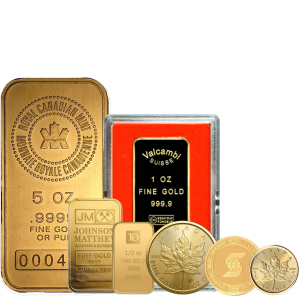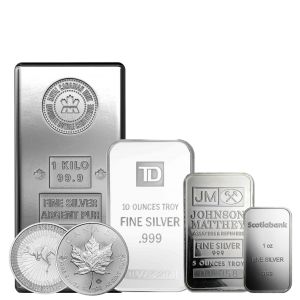

Back
Assay/Certificate of Authenticity: Defined
August 9, 2024
Assay/Certificate of Authenticity: Defined
What Exactly Is A COA?
The determination of the composition, purity, and quality of a product requires the use of a Certificate of Authenticity (COA), which is sometimes referred to as an Assay. When an object has a mark of authenticity, it guarantees that it fulfils certain requirements and criteria. Precious metal industry standards mandate the use of COAs.
Most of the time, a COA is given by the manufacturer or a reputable third-party authority. There is a lot of information about the precious metal item on the COA, like how much it weighs, how pure it is, and any special features or serial numbers that make it unique. A certified origin document (COA) is usually signed by an authoritative official and may have a seal or hologram on it to stop fakes.
Frequently Utilized Precious Metal Assays
Fluorescence X-rays assaying the metal emits X-rays. The metal content and purity are both precisely analysed by it. A common use of XRF is the analysis of precious metals, coins, and jewellery.
Among the methods for measuring precious metals, fire assaying is among the most accurate for a long time. With the use of a disposable crucible, precious metals may be separated from base metals and impurities by melting a sample.
Using a spectrometer, this technique examines the light emission or absorption of a material as it is heated or exposed to energy. The spectrum displays the elemental composition of the sample as well as its purity.
In addition to silver, gold can also be tested by dry assaying. Chemical cleaners called fluxes are heated with the metals. Mixing any elements makes slag. All the valuable metals separate, with the purest types settling to the bottom. The slag is chipped off after the mixture cools down, leaving the metal to be weighed and compared.
Precious Metal Assay Products
• A certificate of analysis, also known as a COA, is typically included with gold, silver, platinum, and palladium bars. This certificate verifies the purity of the bar, as well as its weight.
• Sovereign mints, like the US Mint or the Royal Canadian Mint , make legal tender coins. Their purity and weight are assured. Nevertheless, the majority of these coins come with certifications that demonstrate their genuineness. The coin's value stays high because of this. Limited edition coins and special releases usually come with a certificate of authenticity (COA) to show that they are authentic.
Why Certificates Are Important
Certifications of authenticity and assays contribute to the increased credibility of precious metals products. It validates the seller's or mint's description as well as the substance. These things must be assayed because purity is very important. This includes gold and silver coins or bars, as well as platinum and palladium bullion.










